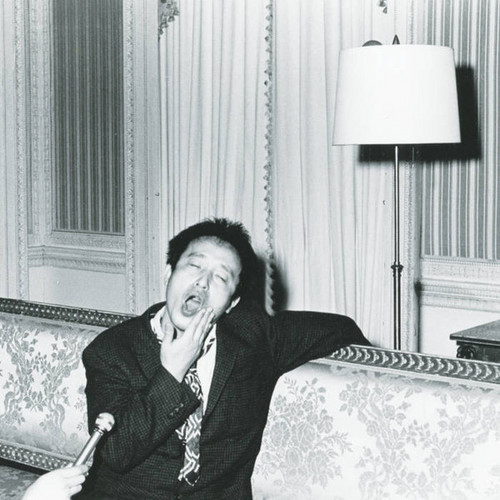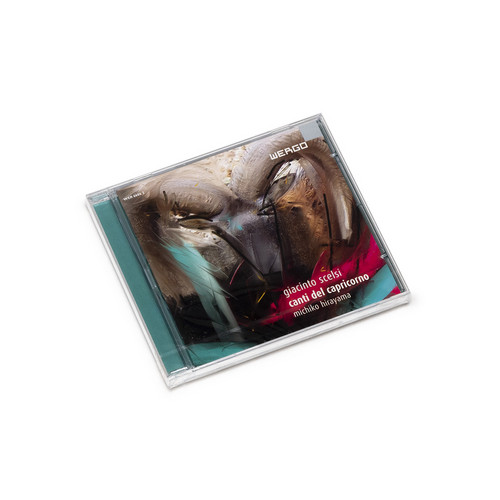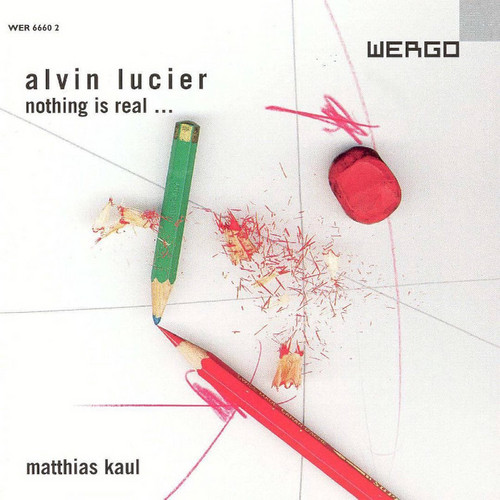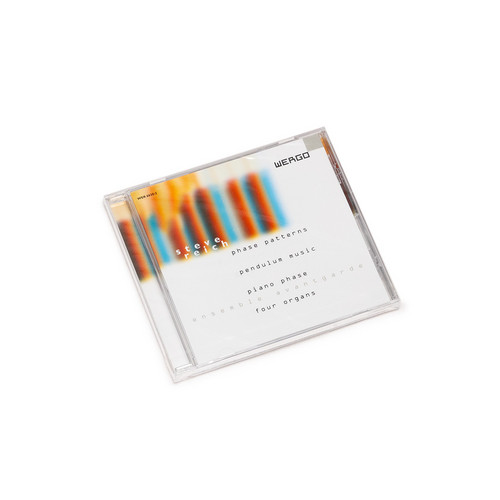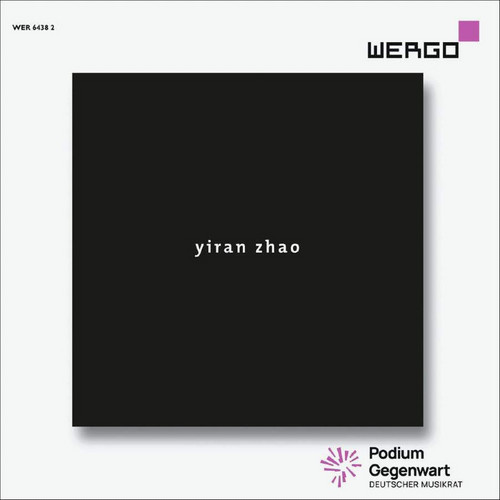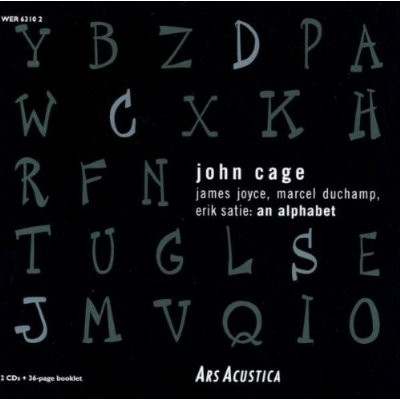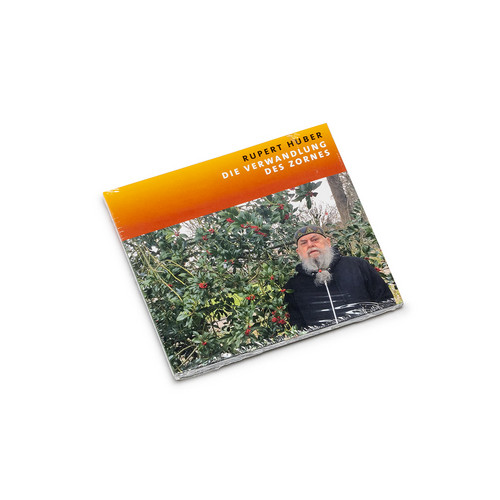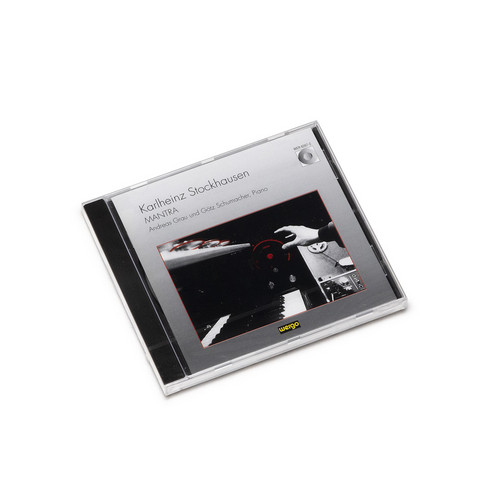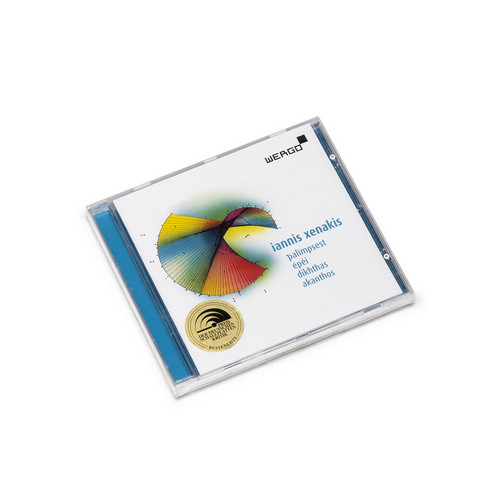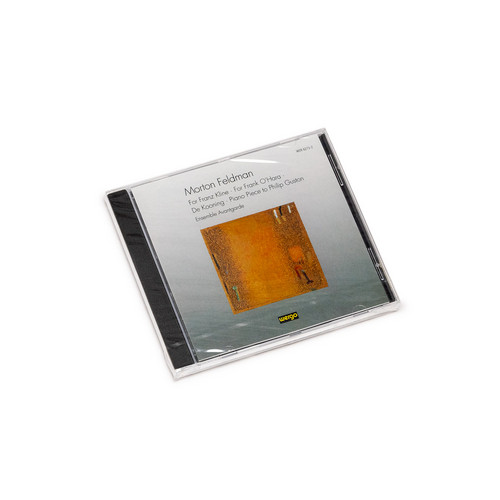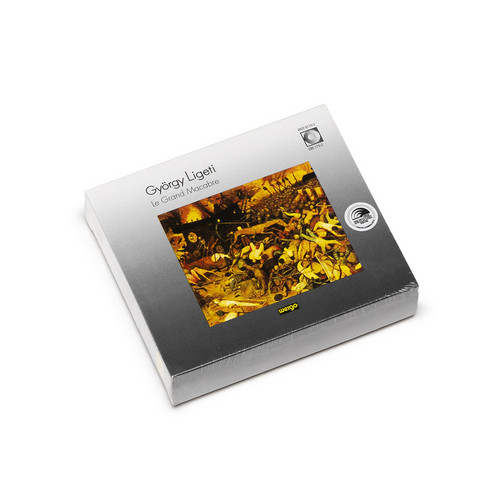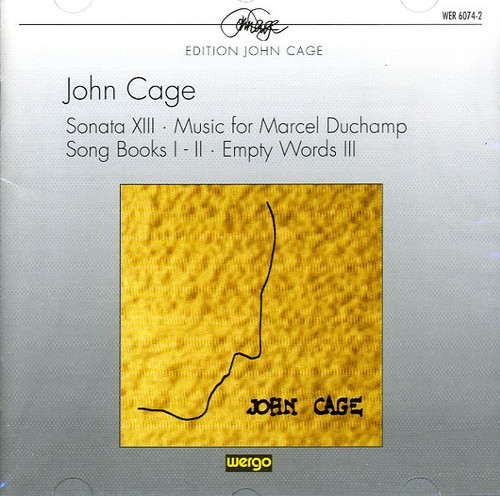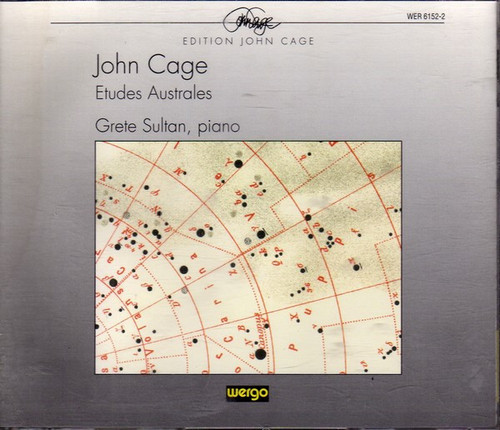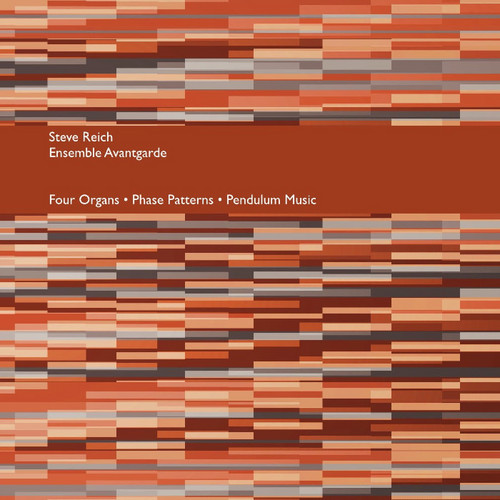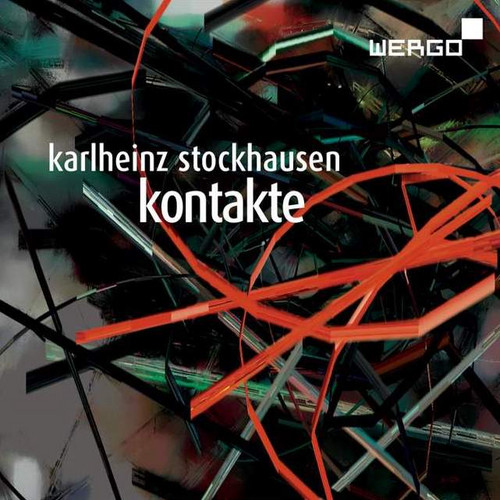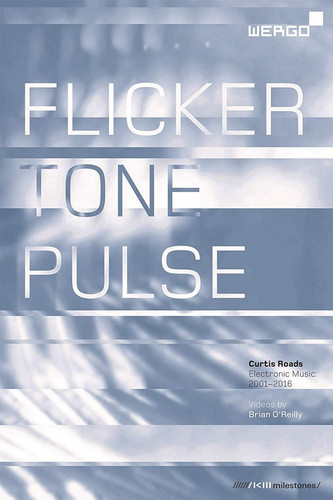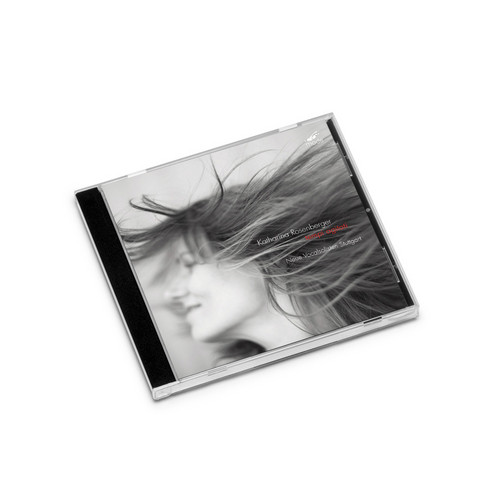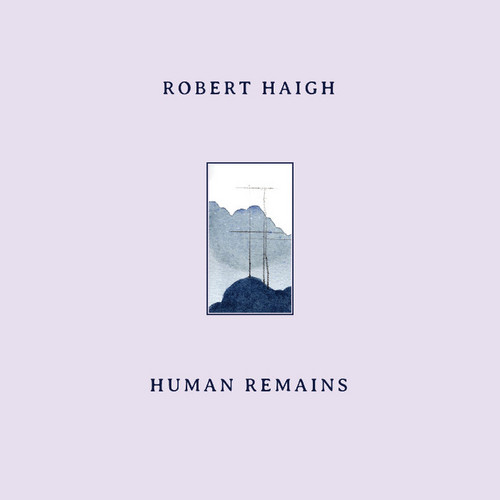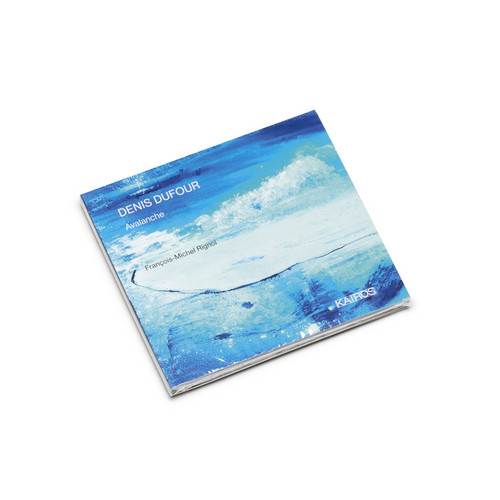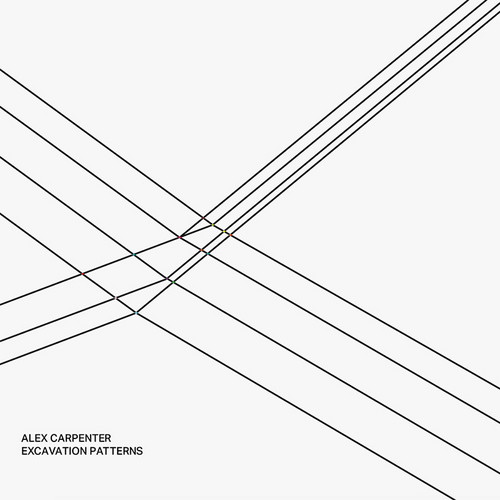Nam June's Spirit Was Speaking To Me
A spellbinding tribute from one multi-faceted artist to another. New York-based artist Aki Onda (b. 1967) conjured a transduction to the Korean multi-media pioneer Nam June Paik (1932-2006).
Canti Del Capricorno
*2022 stock* Michiko Hirayama inspired Giacinto Scelsi to write his twenty-part cycle "Canti del Capricorno" between 1962 and 1972. To this day the Japanese singer (b. 1923) is a unique performer of this spiritual yet energy-filled work for solo voice, with instrumental accompaniment for certain songs: Scelsi’s notes in his own hand in the score; that is her treasure, when she comes to Ulm in May 2006 to give a concert in the series neue musik im stadthaus. Michiko Hirayama is a vocal power stat…
Nothing Is Real ...
*2022 stock* The focus of the pieces by Alvin Lucier on this CD is on the phenomena of resonance – sympathetic vibration – in many variations. “Time and again I find myself having to pare away any musical gestures in a work in order to uncover the true idea in a piece,” says Alvin Lucier.The composer knows which ideas he wants to liberate. But the process of causing the environment to resound is always a collaborative, interactive project. It needs someone who is creatively engaged, even obsesse…
Phase Patterns / Pendulum Music / Piano Phase / Four Organs
"What I'm interested in is a compositional process and a sounding music that are one and the same thing" (Steve Reich, 1968). Minimal music, which numbers Steve Reich among its founders and as one of its most significant representatives, existed for hardly more than ten years. The Ensemble Avantgarde presents a wonderful survey of Reich's minimal music-compositions. The conceptional concentration in the musical work on the structurally simple means of its creation is seen especially in Reich's "…
s/t
Yiran Zhao makes use not only of musical elements but also of objects, bodies, movements and light-sources as compositional material. Many of her pieces inhabit the various boundary states between instrumental music, performance, sound-installation, and video-art. Leonie Reineke describes the composer in the CD-booklet as a “prudent researcher“, who encounters the sonic cosmos of her environment with great earnestness, and comes microscopically close to things.
In the composition “Piep“ she focu…
James Joyce, Marcel Duchamp, Erik Satie: An Alphabet
*2022 stock* This work began life as a radio play in 1982, a commission from and for Klaus Schöning and Cologne’s WDR. Working on the principles of collage, Cage brought together 15 unlikely characters – Narrator, James Joyce, Marcel Duchamp, Vocoder, Erik Satie, Jonathan Albert, Mao Tse Tung (as a child), Henry David Thoreau, Rrose Selavy, Thorstein Veblen, Buckminster Fuller, Brigham Young, and Robert Rauschenberg – who speak together, their dialogue comprised of literal quotations, freely ada…
Die Verwandlung des Zornes
*In process of stocking* The Zooming is implemented musically; it captures places on the globe that lie in a constantly narrowing field of view around the Kollegienkirche in Salzburg, the site of the piece's premiere. In the north and south, the latitudes represent the boundaries at 90° each, in the east and west, the longitudes at 180° each. The places where the four wind instruments play in the Kollegienkirche each lie on an imaginary line projected in the four different cardinal directions, n…
Mantra
'Composed in 1970, Mantra, for two pianos and ring modulation, was one of the decisive turning points in Karlheinz Stockhausen’s career. The 70-minute piece not only signalled a break with the text-based intuitive works, relying heavily on improvisation, that had come to dominate his output towards the end of the previous decade and a return to fully notated scores, but also introduced the idea of melodic formulae, the “mantra” of the title, which Stockhausen would eventually develop into the or…
Palimpsest | Épéi | Dikhthas | Akanthos
*2022 stock* 'This collection of ensemble works, six altogether, ranges across the last two decades of Iannis Xenakis's life. It includes the last two pieces he composed, Zythos, for trombone and six marimbas, and O-Mega, for percussion and ensemble, both written in 1997, four years before his death. They are striking, small-scale examples of the bareness and drastic compression of his late style, but the finest music here is a bit earlier. In Échange, from 1989, a bass clarinet painstakingly un…
For Franz Kline · For Frank O'Hara · De Kooning · Piano Piece To Philip Guston
*2022 stock* Wergo presents Moton Feldman's compositions For Franz Kline · For Frank O'Hara · De Kooning · Piano Piece To Philip Guston. Performed by Ensemble Avantgarde.
Le Grand Macabre
György Ligeti’s polymorphous music, a product of the 1960s, promises no familiar idiom even today. Ligeti himself described the bizarre and exaggerated music of Le Grand Macabre to be “far removed from the territory of Wagner, Strauss and Berg.”A sense of the absurd, the unpredictable, the totally irrational, not unlike the Dadaists who made their debut in Zurich back in 1916. Le Grand Macabre is often cited as a quintessential work of a Neo-Dada genre, one as bombastic as it is exuberant.
Sonata XIII / Music For Marcel Duchamp / Song Books I-II / Empty Words III
*2022 stock* The first works of Cage are experimental and related to the future. "The Future of Music" - a Credo" is the title of his first manifesto, and this future bears the name "all-sound music".
Etudes Australes
*2022 stock* 'Etudes Australes was composed specifically for Grete Sultan, so this album is among the definitive recordings. As an indeterminate piece for solo piano (okay, well, a "duet for two hands"), this sounds very similar to Music of Changes, Winter Music, etc. Here, though, Cage generates indeterminacy by turning once again to using star charts as tools of composition, as he did previously in the wonderful Atlas Eclipticalis.
In a way, I find the piano to be more suited to star charts th…
Four Organs / Phase Patterns / Pendulum Music
Three early compositions (1968-1970) by Steve Reich, one of the most prolific exponents of minimal music, in stunning interpretations by the critically acclaimed Ensemble Avantgarde. Available on vinyl (180gr, gatefold sleeve incl. download code) for the first time ever!
Kontakte
Kontakte is a Stockhausen classic from 1959, for electronics, percussion and piano (played here by David Tudor). One of his "moment form" compositions, which "...lead up to no climax, nor do they have prepared, and thus expected, climaxes, nor the usual introductory, intensifying, transitional, and cadential stages which are related to the curve of development in a whole work; they are rather immediately intense and -- permanently present -- endeavor to maintain the level of continued 'peaks' up…
Flicker Tone Pulse (Electronic Music 2001-2016)
A prolific composer, performer, and author, Curtis Roads says he “pursues research in the interdisciplinary territory spanning music and technology.” He was Editor and Associate Editor of Computer Music Journal (The MIT Press) from 1978 to 2000, co-founded the International Computer Music Association in 1979, and was a pioneer in the development of granular synthesis. Roads developed the Creatophone, a system for spatial projection of sound in concert, as well as the Creatovox, an expressive new…
Tempi Agitati
On April 6, 1327, a 22-year-old Italian poet named Francesco Petrarca caught a glimpse of a young woman, Laura, in a church in Avignon. He later reported that “living sparks issued from two lovely eyes”. Those sparks enflamed Petrarch such that he spent the rest of his illustrious career coming to terms with them. Madrigals were developed in the 16th century by Adrian Willaert and Cipriano de Rore, which took Petrarch’s agonized images as justification for violating the rules that had guided mus…
Human Remains
*In process of stocking* Human Remains follows Creatures of the Deep and Black Sarabande as the final installment of a trilogy of piano based recordings by Robert Haigh for Unseen Worlds. The trilogy marks the end of the late era of solo albums by Haigh before he steps away from music production. The title, Human Remains, was initially based on a painting of the same name by Haigh that is suggestive of an ancient structure resolute in the wake of overwhelming forces. As a metaphor for our curren…
Avalanche
*In process of stocking* In nineteen movements of varying lengths and moods, Denis Doufour’s monumental piano piece “Avalanche” invites us on a voyage across the infinite variation of the forms taken by snow, and the rich vocabulary established by the Innuits for it since their arrival on Greenland, the continent of ice. At work in this piece is a transposition, inspired by morphologies, of a certain kind of energy onto the relationships between the physical and musical realms. Thanks to his prac…
Excavation Patterns
*300 copies limited release* Originally released in a tiny CDr edition in 2005 on the now impossible-to-find and almost literally named Vanished Records imprint, Excavation Patterns is a uniquely pervasive touchstone of Adelaide’s music culture, and has since put down roots around the world among devoted aficionados of minimalism, ambient music, and improvisation. At 52 sprawling minutes in length, it has been lovingly Direct Metal Mastered and exquisitely pressed by RAND in Leipzig, in a hand-n…
